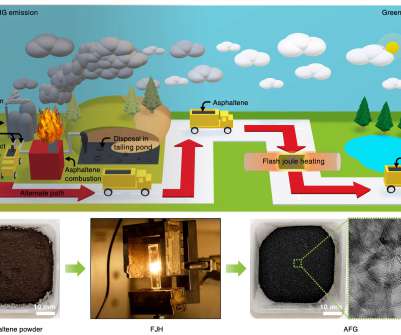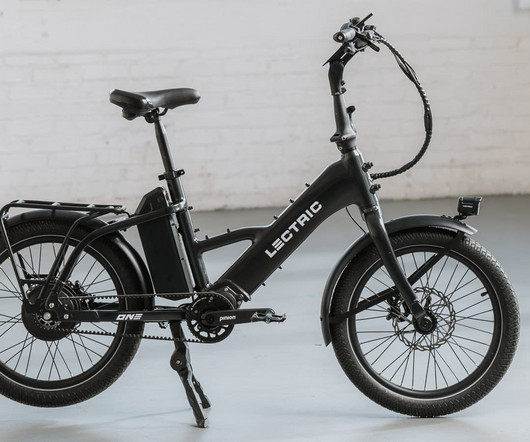UCalgary, Rice team uses flash joule heating to manufacture graphene from petroleum waste
Green Car Congress
DECEMBER 30, 2022
A team from the University of Calgary and Rice University has used flash joule heating (FJH) ( earlier post ) to convert low-value asphaltenes—a by-product of crude oil refining—into a high-value carbon allotrope, asphaltene-derived flash graphene (AFG). Flash graphene from asphaltenes. (A) —Saadi et al.








































Let's personalize your content